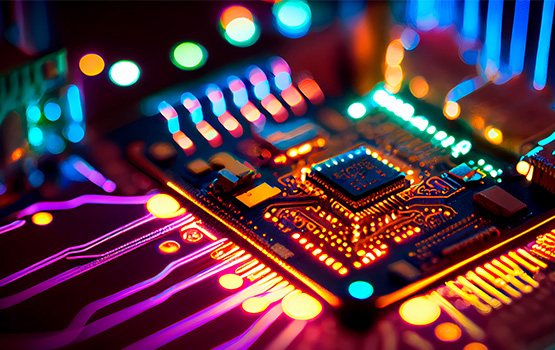
M. Sc. Brian Pachideh
- ESS / Wissenschaftlicher Mitarbeiter
- Group: Prof. Becker
- pachideh ∂does-not-exist.fzi de
- www.fzi.de/team/brian-pachideh/
Forschungszentrum Informatik (FZI)
Haid- und Neu-Str. 10-14
76131 Karlsruhe

Neuromorphic Engineering
Neuromorphic engineering creates computers inspired by the brain and its incredible capabilities that are unparalleled by conventional technology. It explores the middle ground between biological brains and computers by using principles like event-based computation with spiking neural networks (SNNs), near-memory hardware architectures and event-based sensing. By mimicking the organization of computation in the brain and its communication with sparse spikes, neuromorphic hardware seeks to achieve greater efficiency and adaptivity in intelligent systems.

Self-adaptive Neuromorphic Systems
Beyond deep learning, spiking neural networks are capable of online learning, which enables network adjustments such as weight updates and evolving network topology during runtime. This allows for self-adaptation of the system to changing environments or tasks. Online learning algorithms may be supervised or unsupervised, apply to a single parameter or to many, depend on global errors or local statistics, and depend on past information or only the present. The interplay of these algorithms is barely researched, but might lead to highly adaptive and autonomous embedded systems.

Distributed Neuromorphic Systems
Neuromorphic systems may use wireless communication to directly connect neural networks across physical bodies. Thus, interconnected neuromorphic AI embodied in distributed systems seems feasible. Challenges lie in the delay of wireless communication, which is detrimental to the temporal processing in SNN. Possible solutions include the integration of time synchronization protocols in neuromorphic systems to apply mitigations, pre-training SNNs for robustness against noise in spike timing, and implementing SNN’s unique online learning capabilities for compensation during runtime.

